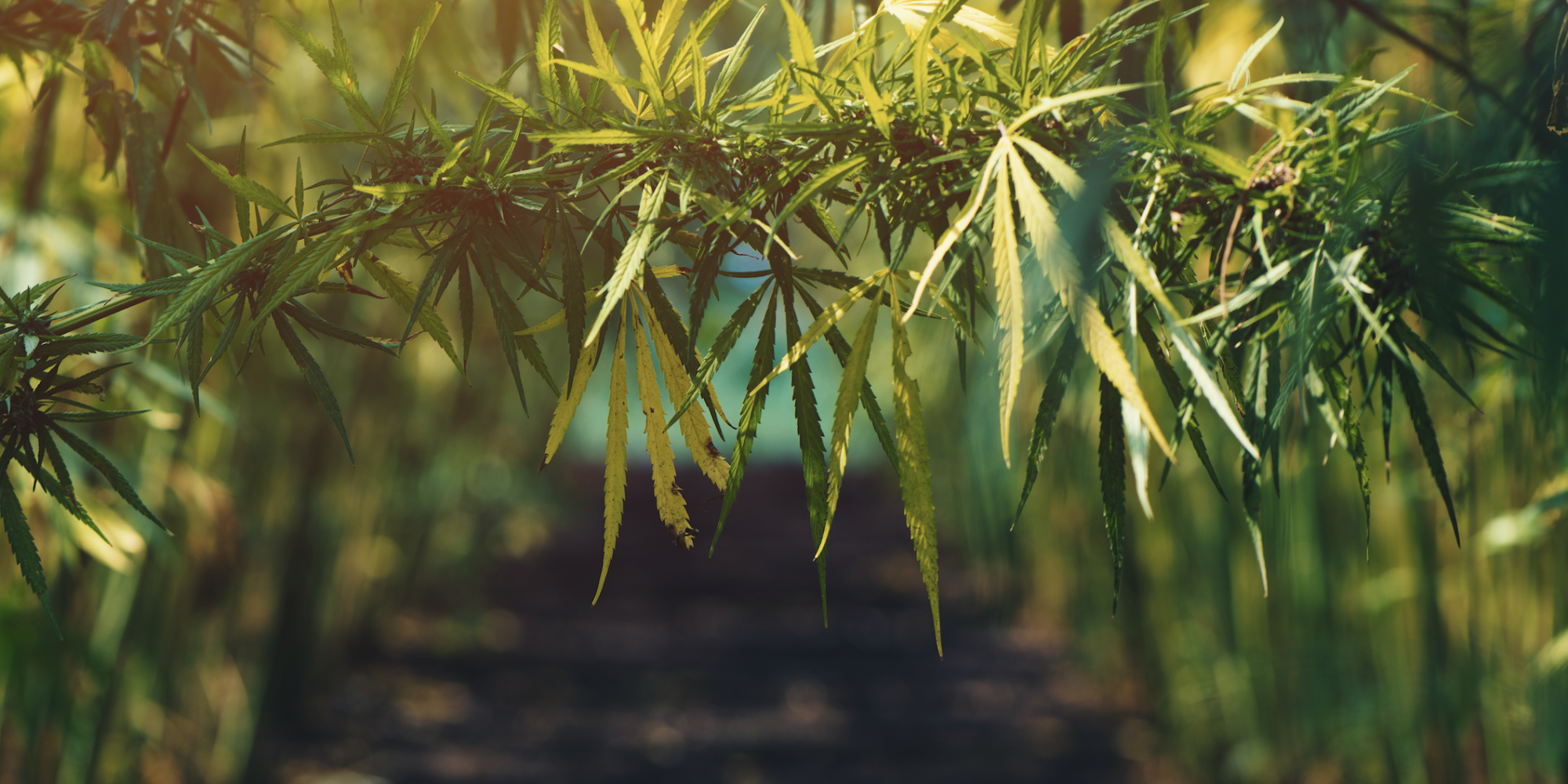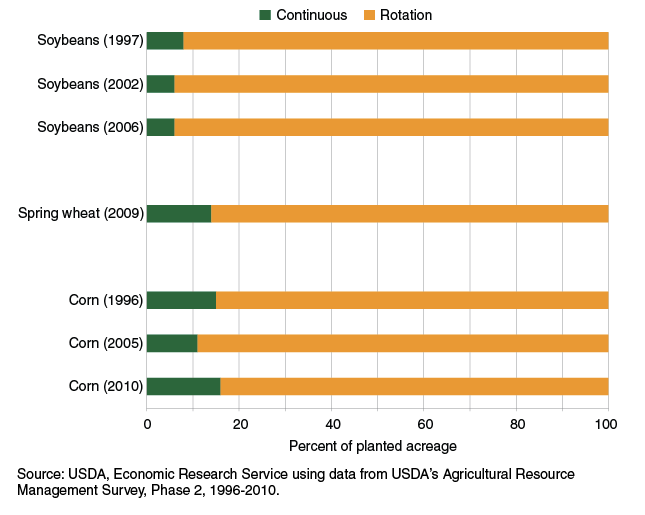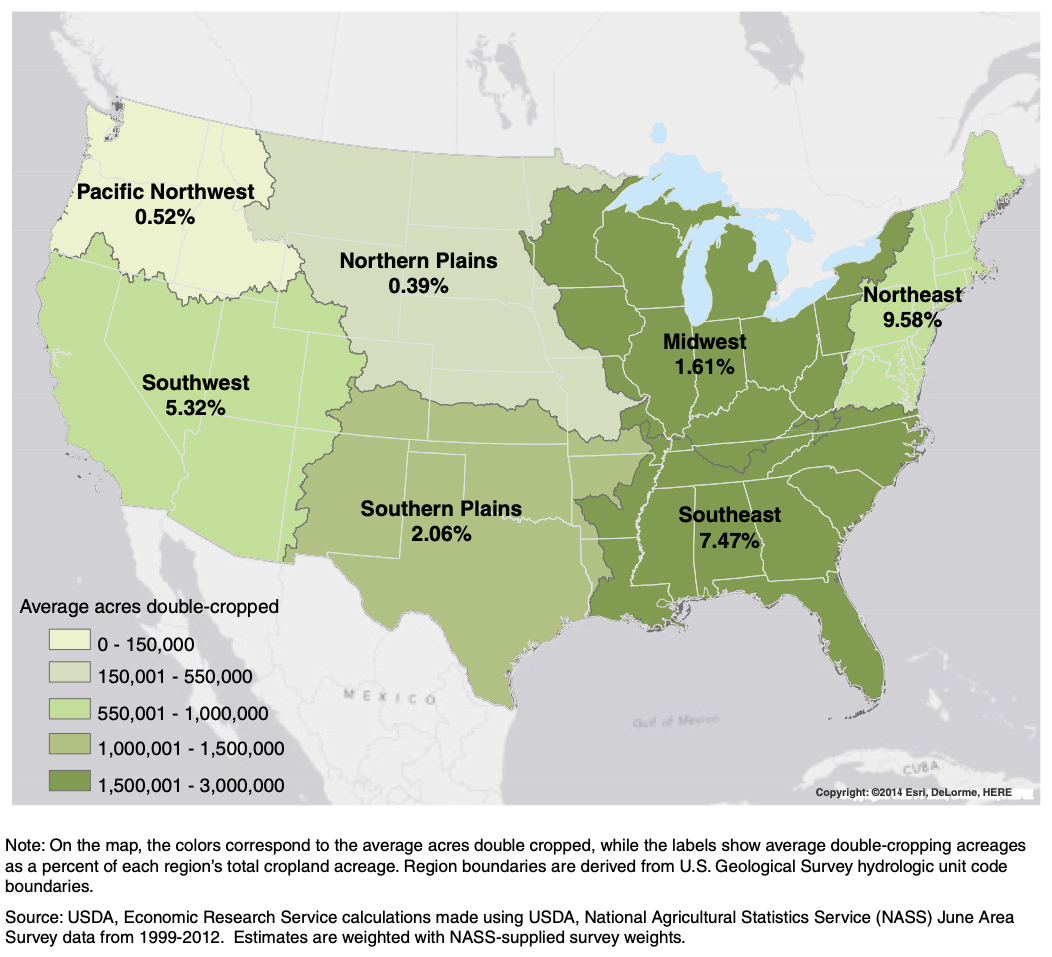11.21.2025
Sausage casings bulletin, November 21, 2025

...

The potential for hemp in US crop rotations is a compelling development for farmers. Crop rotations are employed on the majority of US farms growing annual crops. Hemp prices, and other commodity prices, influence a farmer’s planting intentions. Rotations can take many forms, the most common being a corn and soybean rotation, or corn, soy, and small grain, like winter wheat. Crop rotations are simple at first glance, but in reality, are series of complex interdependencies that address some aspect of farm management. Heavy feeding crops follow leguminous crops to glean leftover nitrogen. Pest populations are unable to gain traction when their habitat is constantly shifting. Crop rotations are essential to organic production, where most crop protectants are banned.
Some of the best research into organic cropping rotations has taken place at the Rodale Institute in Southeast Pennsylvania. Rodale has incorporated hemp into existing research with conventional grain crops, and heavy biomass producing crops like Sorghum x Sudan hybrids. Rodale research has focused on yields, weed pressure, and variety trials. The most compelling aspect of hemp is its potential to create another revenue source, while at the same time building soil, breaking pest cycles, sequestering carbon, lowering soil temps, and suppressing weeds. Science struggles to capture the nuance of crop rotations, but research focus is on key outcomes like yield help us understand how the rubber meets the road.
Organic corn and soy producers are eager to find cover crop options that complement their cash crops. Less than 2% of US acreage is cover cropped. Cover crops protect soils in between cropping episodes, when actual double cropping is not practical. They also accomplish longer term management goals like increasing organic matter in depleted soils. Soybeans account for over half of double cropped acres, generally following a crop like winter wheat, that is planted the previous fall, and harvested the following summer. The subsequent window isn’t adequate to grow full season crops, leaving farmers to either leave it as-is, or spend the time and money to grow a cover crop.

When fiber hemp markets develop to the point that producers have practical marketing options, hemp will be a major player in US crop rotations. More research is needed to understand the characteristics of hemp in various rotations, but we know that the plant creates a quick, dense canopy to help with weed suppression. The prolific roots decompose easily, adding organic matter to soils. Rodale research found that hemp is comparable to Sorghum x Sudan in overall biomass production and offers far more marketing opportunities. Fiber hemp is the simplest crop for existing producers to add, but the potential for dual cropping, either harvesting hempseed and fiber, or CBD, adds another dimension to the crop.
Add to this hemp’s propensity to finish earlier in the cropping season, affording producers a wider window for fall crop establishment. Tillage heavy organic practices are more likely to incorporate hemp into their rotations. Leaving soil bare throughout the growing season is a poor choice for soil conscious producers, but economic realities often prevail. A crop that achieves conservation goals, while generating revenue, will be a game changer for agriculture. Hemp’s unique talent as a phytoremediator is just one more option for farmers to have in their management toolkit.
Double cropping, growing a second crop during the same growing season, is more prevalent in southern states, for obvious reasons:
